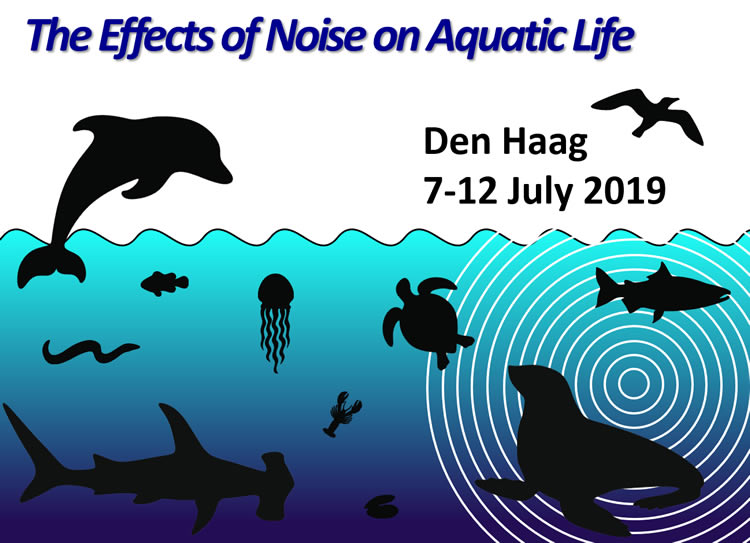
Comments: download file (poster)
Ref.: Conf. on the Effects of Aquatic Noise, Den Haag (The Netherlands), July 2019.
Abstract:
Different marine habitats have distinct acoustic signatures (Radford et al., 2014). These
signatures are composed by anthropogenic, natural and biological sound. In coastal zones,
the acoustic signature has a stronger influence of benthic organisms that form the
bioacoustic chorus (Butler et al., 2017), that we will term as the Rocky Shore Bioacoustic
Signature (RSBS). However, RSBS patterns can be influenced to circadian and lunar cycles,
wind, tide, temperature, luminosity and others. Yet, to better understand the influence
of abiotic and biotic factors in the RSBS pattern it is very important to model, identify
and quantify contributions of each these factors.
This work aims at proposing a nonlinear model for the RSBS, based on data collected off
the Cabo Frio Island, Brazil. This area sustains a unique environment due to strong
upwelling occurrence and other hydrodynamic characteristics (Ferreira, 2003). A bottom
structure with 4 hydrophones, temperature and luminosity sensors was installed near
a rocky shore during 82 days. A meteorological dataset (rain, wind, solar radiation)
from National Institute of Meteorology (INMET) were utilized for RSBS modelling. The
RSBS model was based on a nonlinear least squares multiple regression technique.
Regression analysis revealed that temperature and luminosity explain approximately
50% of the RSBS variance, while other abiotic factors explain just 5%, approximately.
Another important result was the nonlinear relationship between luminosity and RSBS.
This puts in evidence that the biorhythm can be one of the principal of contributors
for RSBS, increasing in twilights. In addition, this model may help to understand RSBS
patterns and its variations, and help for developing bioacoustic inversion applications
as abiotic data measuring, populational density of benthic organisms and marine health
monitoring.